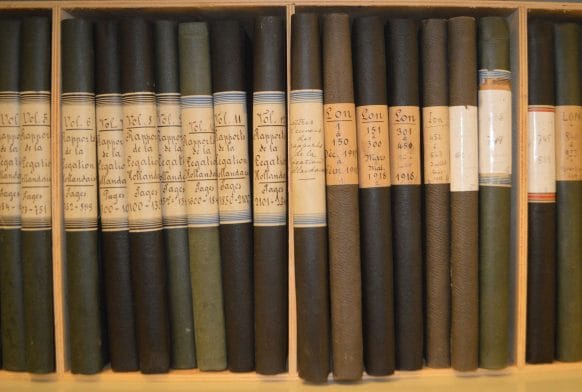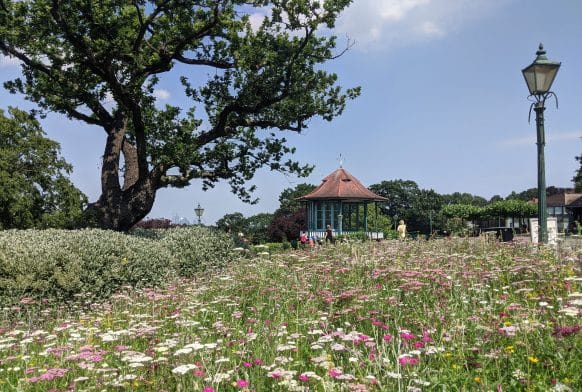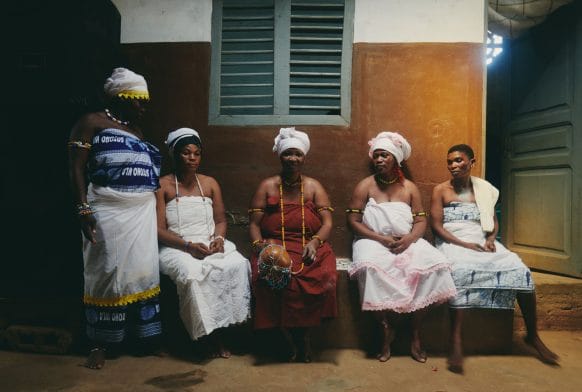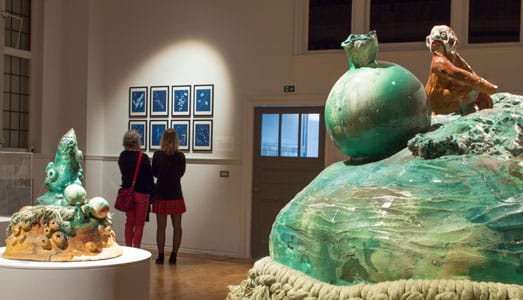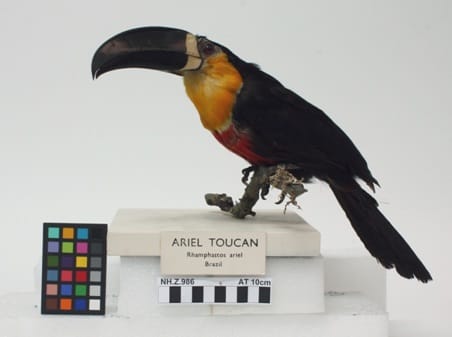English bentside spinet. Five octave compass GG-g''' chromatic (61 notes). One set of eight foot strings. Solid mahogany case with sycamore stringing. Walnut-veneered nameboard, brass hinges, ivory and ebony key coverings, the accidentals with an ivory fillet in the 'skunk-tail' pattern. This rather late spinet is nevertheless a representative example of a type popular throughout the 18th century. Its five-octave keyboard served virtually all 18th-century repertoire, and its understated veneered finish would have blended into any décor. Mahoon, whose name appears on a harpsichord in Hogarth’s Rakes Progress, was described in 1763 as ‘Harpsichord maker to his Majesty...’
V&A object number: 383-1907.
V&A object number: 383-1907.
This rather late spinet is nevertheless a representative example of a type popular throughout the 18th century. Its five-octave keyboard served virtually all 18th-century repertoire, and its understated veneered finish would have blended into any décor. Mahoon, whose name appears on a harpsichord in Hogarth’s Rakes Progress, was described in 1763 as ‘Harpsichord maker to his Majesty...’













